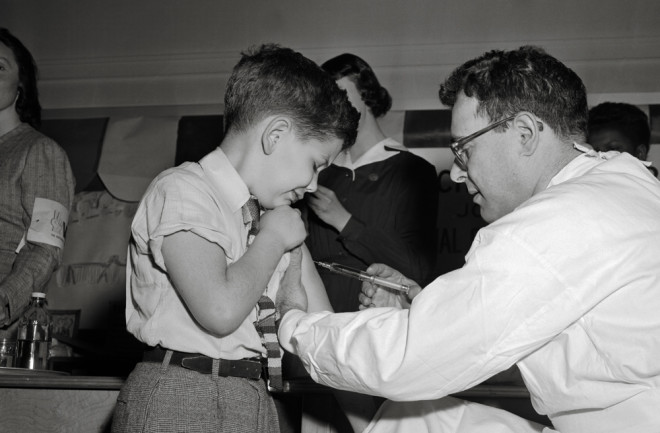An outbreak in late 2014 of polio-like paralysis in children, unlike any experienced in North America in more than half a century, has physicians on edge about what this summer and fall may bring.
“Neurologists have been really unnerved by what we’ve seen,” says Keith Van Haren, a physician at Lucile Packard Children’s Hospital who has been treating cases in California. “We’re all really hoping it disappears, but the most likely outcome is that this will come back.”
Looking all but identical to classic poliomyelitis but caused by something other than the poliovirus, the illness — formally named acute flaccid myelitis — usually strikes a week or two after a patient recovers from an apparently ordinary respiratory infection. Patients suddenly cannot move one or more limbs. Occasionally they lose the ability to breathe. An MRI reveals the same hallmark feature as classic polio: inflammation and death of nerve cells in the spinal cord.

